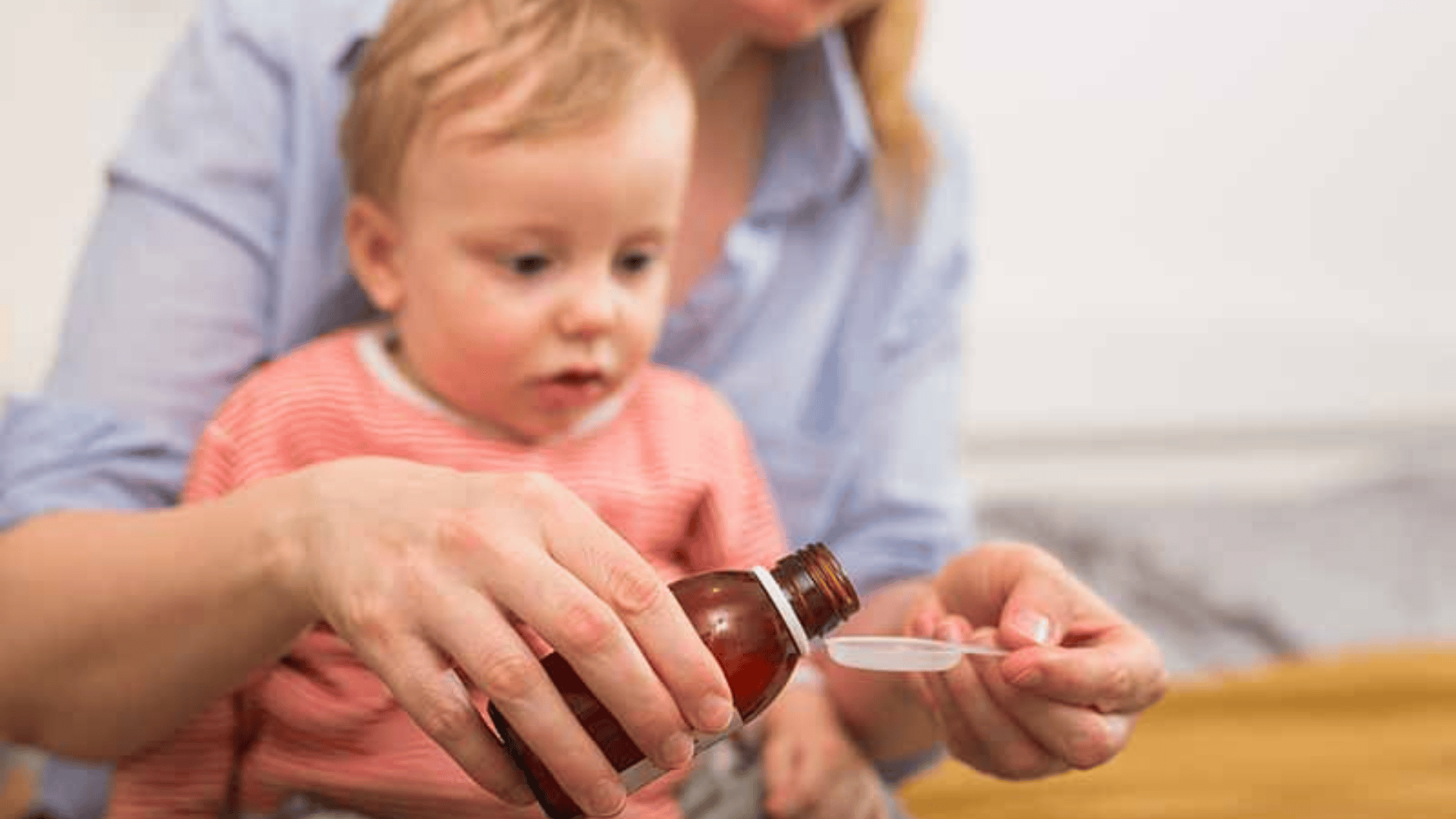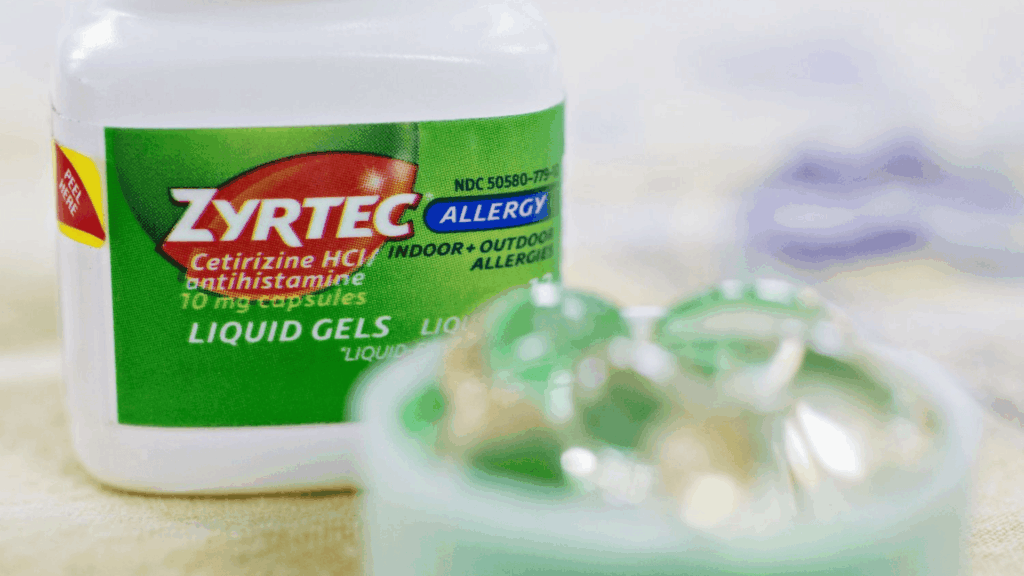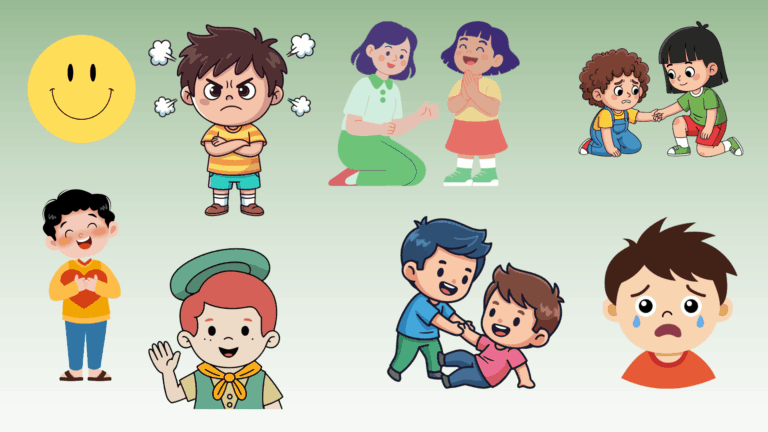Allergies can be tough on kids and even tougher on parents trying to help them feel better. If you’ve ever wondered, “How much Zyrtec can I give my baby or child?” you’re not alone.
It’s common to feel unsure about using allergy medicine safely, especially with younger children.
The good news? You’re in the right place. This guide explains everything in a simple, straightforward way so you can feel confident giving Zyrtec when your child needs it most.
We’ll walk you through age-based dosage charts, safety tips, possible side effects, and common questions.
If you’re looking into Zyrtec for babies under 2 or just want to double-check the correct dose, we’ve got the answers.
What is Zyrtec and When is it Used for Children?
Zyrtec is an allergy medicine that helps relieve common symptoms like sneezing, itchy or watery eyes, runny nose, and hives. Its active ingredient is cetirizine, a second-generation antihistamine that works by blocking the effects of histamine, the chemical your body releases during an allergic reaction.
Zyrtec is often used in kids to treat seasonal allergies like hay fever, as well as year-round triggers like dust, mold, and pet dander. It’s also helpful for calming the itch and swelling from hives.
Unlike older allergy meds like Benadryl, Zyrtec usually doesn’t make kids as sleepy, so they can stay active and focused. Doctors often recommend it when allergies start to affect a child’s sleep, eating, or daily routines.
Zyrtec Dosage Guide by Age: Children’s Zyrtec Dosage Made Simple
Getting the right Zyrtec dosage is crucial. Here’s a clear breakdown, but always check the label and follow your doctor’s advice:
| Age Group | Formulation | Starting Dose | Maximum Daily Dose | Notes |
|---|---|---|---|---|
| 6–11 months | Liquid (5mg/5mL) | 1.25 mg (1.25 mL) once daily | 1.25 mg (1.25 mL) once daily | Only by the doctor’s advice |
| 12–23 months | Liquid (5mg/5mL) | 1.25 mg (1.25 mL) once daily | 2.5 mg (2.5 mL) once daily | Only by the doctor’s advice |
| 2–5 years | Liquid/Chewable | 2.5 mg (2.5 mL or 1 chew tab) once daily | 5 mg (5 mL or 2 chew tabs) in 24 hr | 2 doses of 2.5 mg allowed in 24 hrs |
| 6–11 years | Liquid/Chewable/Tablet | 5 mg (5 mL, 2 chew tabs, or 0.5 tablet) once daily | 10 mg (10 mL, 4 chew tabs, or 1 tablet) in 24 hr | Dosing by severity & doctor’s advice |
| 12 years and older | Tablet/Chewable/Liquid | 10 mg (2 tablets, 4 chew tabs, or 10 mL) once daily | 10 mg (2 tablets, 4 chew tabs, or 10 mL) in 24 hr | Adult dose |
Important: Never exceed the maximum daily dose listed for your child’s age. Zyrtec should be given once daily unless otherwise advised by your pediatrician.
Is Zyrtec Safe for Babies Under 2? What You Should Know

The Zyrtec label for babies under 2 says: “Ask a doctor.” Why? Babies’ bodies are much more sensitive to medication, and off-label dosing should only be done with explicit pediatrician guidance.
In practice, pediatricians sometimes prescribe Zyrtec for infants as young as 6 months to treat severe allergies or hives, but they tailor the dose to your baby’s needs.
- Off-label baby doses: Typically, 1.25mg once daily for 6–23 months, but always check with your healthcare provider.
- Risks: Potential for drowsiness, irritability, stomach upset, or very rarely, allergic reactions to the medicine itself.
Bottom line: Never give Zyrtec to a baby under 2 without a doctor’s approval. If your baby is under 6 months old, do not use Zyrtec unless specifically instructed.
Missed Doses, Overdose & When to Call the Doctor
If you miss a dose of Zyrtec, give it as soon as you remember, unless it’s almost time for the next dose. Never double doses to catch up. If your child vomits shortly after taking Zyrtec, do not give another dose without consulting your pediatrician.
Watch for overdose symptoms such as extreme drowsiness, agitation, rapid heartbeat, or seizures. If you suspect an overdose, seek immediate medical help by contacting poison control or emergency services.
Avoid giving Zyrtec with other antihistamines or medications that cause drowsiness unless your doctor advises it. Always inform your healthcare provider about all medicines your child is taking to avoid harmful interactions.
Contact your doctor if allergy symptoms do not improve or worsen despite treatment, or if your child develops new or severe symptoms such as difficulty breathing, swelling, or any concerning reactions.
Zyrtec Safety Tips for Kids: Dosing, Timing & Side Effects
Making sure your child gets the right amount of Zyrtec safely is just as important as choosing the right allergy medicine.
Here’s how to do it with confidence.
- Always use the provided dosing syringe or cup for accurate measurement; never use household spoons.
- Try to give Zyrtec at the same time every day to create a consistent routine.
- Store medicine out of reach of children and away from heat or direct sunlight.
- Watch for side effects like drowsiness, dry mouth, tummy aches, or unusual behavior.
- If you accidentally give two doses, don’t panic. In most cases, it’s not dangerous, but call your pediatrician for advice.
- Contact your doctor right away if your child experiences severe side effects or their symptoms get worse.
With careful dosing, the right tools, and a close eye on side effects, you can help your child get safe, effective relief from allergies. Always reach out to your pediatrician if you’re unsure or need advice.
Wrapping it Up
Zyrtec can be a big help when your child is dealing with allergies, but it’s important to use it the right way. Giving the correct Zyrtec dosage for your child’s age helps avoid side effects and ensures the medication is effective.
When giving Zyrtec for babies under 2 years old, never guess the dosage; always check with your doctor first. Even for older kids, it’s a good idea to talk with your pediatrician if you’re unsure.
When used properly, Zyrtec can bring real relief and help your child feel better during allergy season and beyond.
Safe, smart choices with medicine go a long way in keeping kids healthy, happy, and comfortable.
Frequently Asked Questions
1. Can Zyrtec be used for allergies in newborns?
Zyrtec is not recommended for newborns under 6 months due to their sensitivity to medications. Use only under strict pediatrician supervision if benefits outweigh risks in severe allergy cases.
2. How long does it take for Zyrtec to start working in children?
Zyrtec usually begins relieving allergy symptoms about one hour after administration. However, it may take a full day or two of consistent daily dosing to achieve the best symptom control and noticeable improvement in children.
3. Can Zyrtec be given with other allergy medications like nasal sprays or eye drops?
Zyrtec can often be combined safely with other allergy treatments like nasal corticosteroids or antihistamine eye drops, but always consult your child’s pediatrician first to prevent interactions or side effects.
4. Are there any long-term side effects of using Zyrtec in children?
When taken as directed, Zyrtec is usually safe for long-term use in children. However, ongoing use should be monitored by a healthcare provider, especially in younger kids, to watch for any rare or unusual side effects.


















